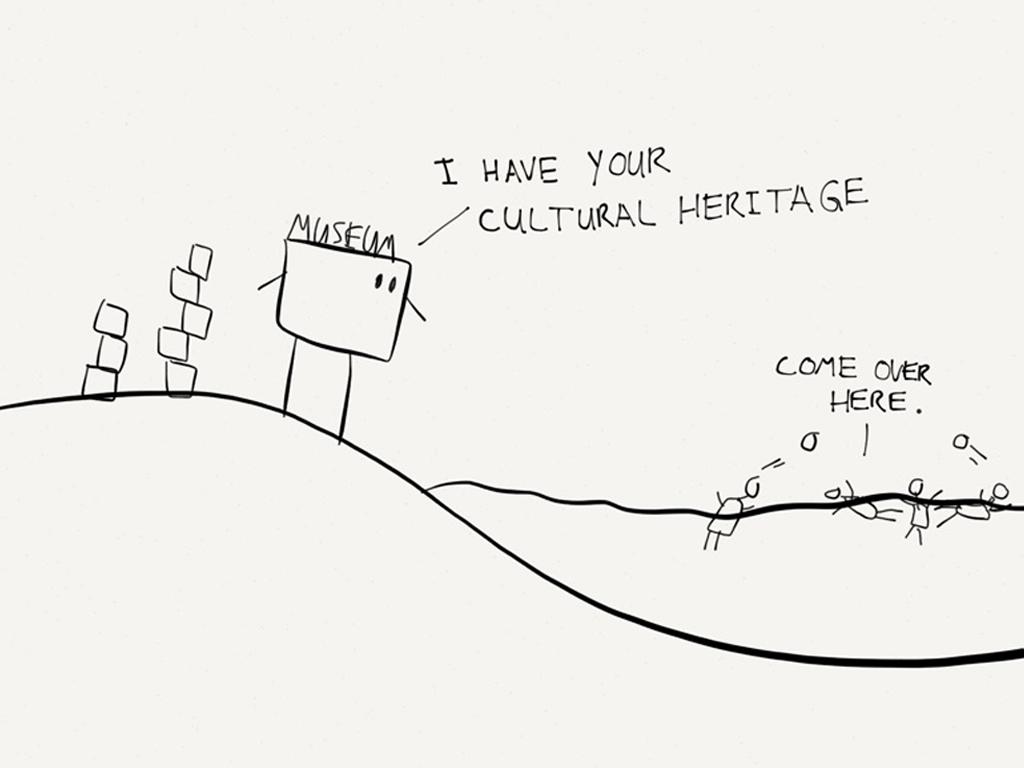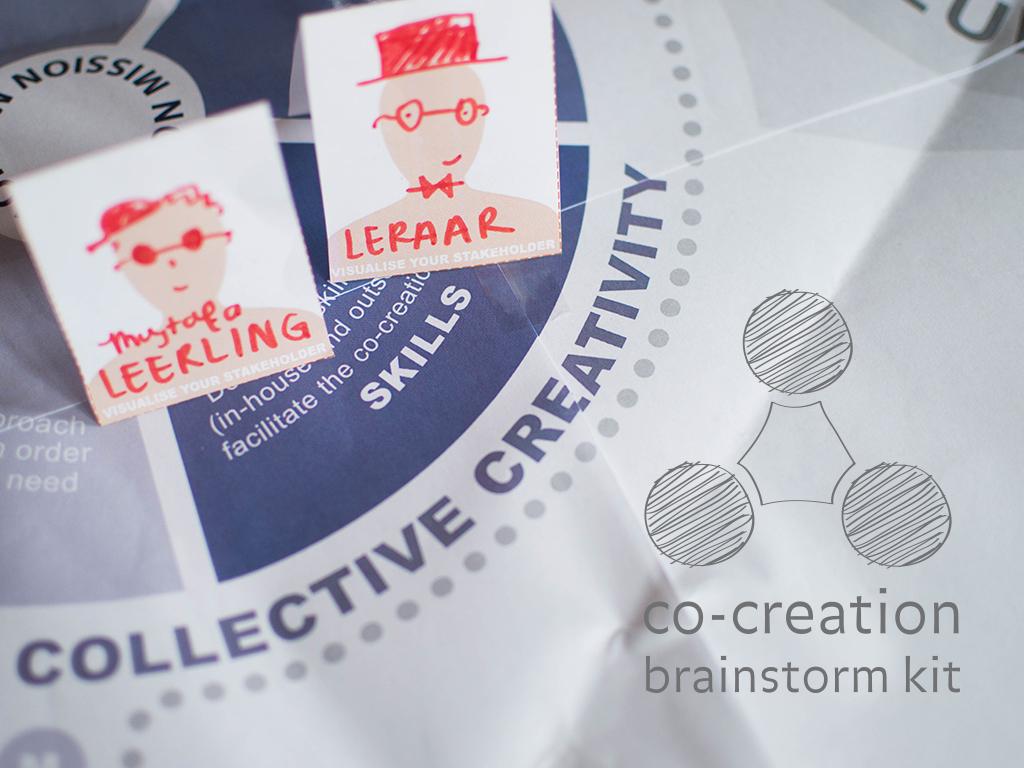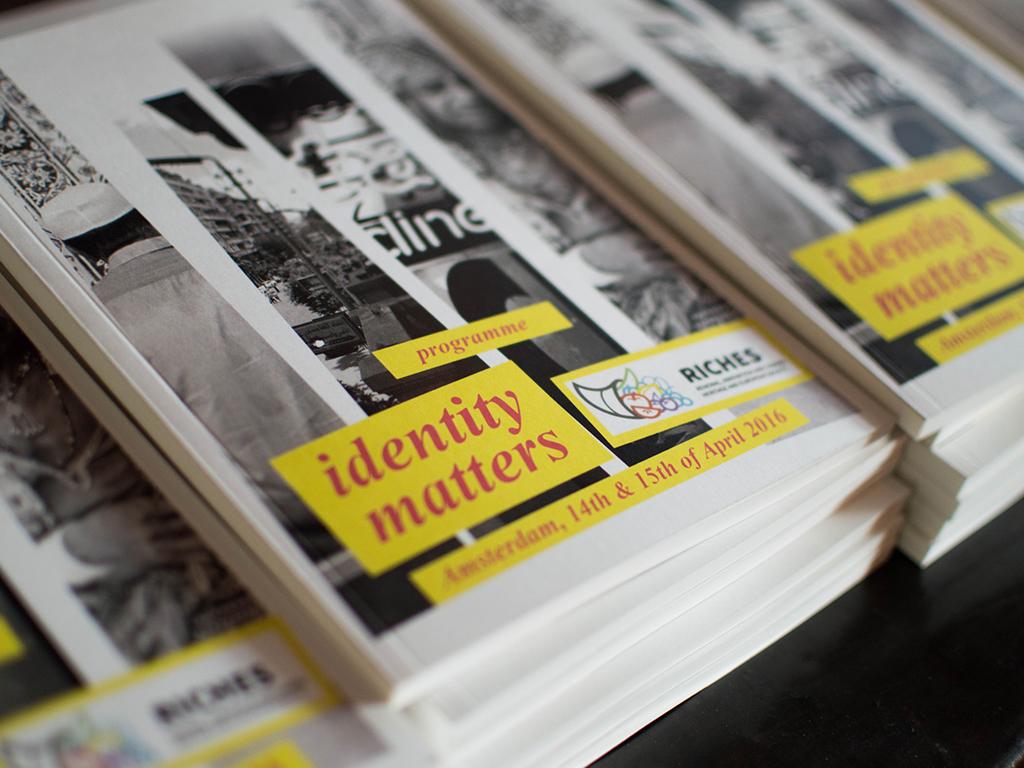Some say that 'design anthropology' is on its way to becoming a separate sub discipline. As a visual anthropologist I’m intrigued whether we can add creative tools to our existing audiovisual elicitation and communication techniques.
How can design methodologies be applied to social situations? Waag is collaborating with the Dutch Museum of Ethnology and a group of youngsters to investigate this within the RICHES project.
A puzzling process
In a larger European research context we are examining how, in an increasingly digital environment, formal cultural heritage institutions can improve their relevance for an ever more diverse population. This is in line with my view that ethnographic museums could – and should – appeal more to contemporary young adults. The relationship needs to be recalibrated, or ‘re-designed’ if you like. It was impossible to explain what we would be doing exactly, as the whole process was new to us too.
However, we encountered enough curiosity, enthusiasm, and willingness to embark on this adventure of ‘co-creation’ with twenty different youngsters. So how to go further from there? We've created some 'golden rules' in order to get the most out of our co-creation sessions:
- Have a clear research goal per sessions
- Avoid consultation and focus on empowerment and co-creation
- Create a save spot during the sessions
- Guarantee equality between the participants
- Build a long term relationship between the participants and Dutch Museum of Ethnology
- Pay attention to the role of the institute: stay neutral and don’t be in constant control during the sessions
Designing dialogues
As Dick van Dijk put it: ‘With young adults, museum staff, and designers all involved in this dialogue, we take the notion of co-creation literally and try to move beyond the use of mere words; actually designing some potential intervention strategies for the museum together ‘hands-on’. This was not an easy task for most. I witnessed a fair amount of procrastination, unease, and reluctance, but in the end – no doubt helped in part by time pressure – we came up with some serious results.
During the co-creation sessions we’ve experienced that ‘language’ and tone of voice are both an important point of discussion: museums need to be truthful and shouldn’t ‘disguising’ things since this leads to exclusion of certain people. Besides that, the focus of museums is very much on getting visitors in. The co-creation participants expect the museum coming to their lives, instead of the other way around.
Next: from idea to pilot
Gradually, over the course of three days working together, we had moved from empathy, via defining the problem, to formulating some ideas. In other words; we are currently halfway through the entire design process.
I can hardly wait to witness how some of the ideas will be transformed into a pilot that will be executed and tested as part of the RICHES research programme!


